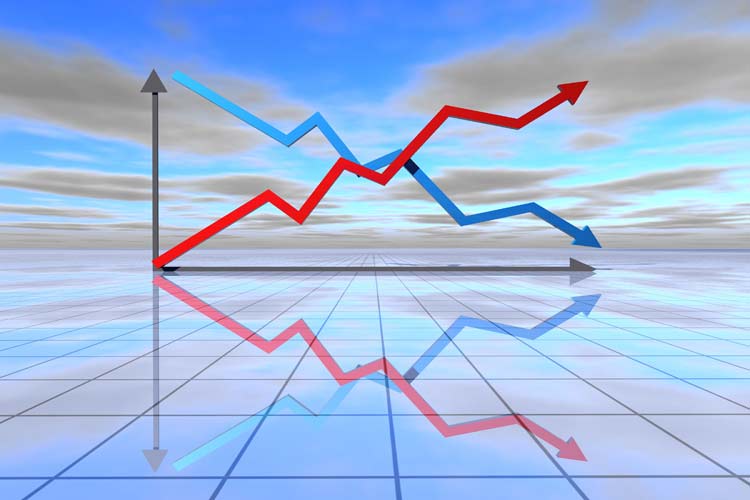
If history is any guide, the SPX's rough start to 2016 could continue through year's end
You see a lot of publications write articles about the first 100 days of this or that. To beat them to the punch, I'm writing about the first 50 trading days of 2016. The chart below shows the year-to-date return for the S&P 500 Index (SPX), along with average returns over the past 50 years and since 2010. After a very poor start, stocks have come back some and are now down less than 2%. I'll compare this year so far to other years with similar returns and see how they performed going forward. I'll also take a look at what the first 50 days mean for individual stocks.

Other Like Years: Looking at the S&P 500 since 1928, I found the years whose paths through the first 50 trading days most resembled the path taken this year. The chart shows the four years that are more similar to the current year than any others. The year that most resembles 2016 is 1939 -- and you can see in the chart below it's pretty uncanny. If the index continues on the 1939 path, then it's going to be a rough ride in the near term, as the index would fall 18% over the next few weeks. Unfortunately, though, in each of these years, the index was lower at the end of the year than where it was after the first 50 trading days.

Here's a table listing the top 10 years that most resemble this year. It is bad news if historical chart patterns are a guide to the future. Only three of the 10 years below saw gains for the rest of the year after the first 50 trading days -- and the index lost an average of 4.78%.

Individual Stocks: For this analysis, I looked at the 500 biggest stocks by market capitalization. I compared the best 20 stocks through the first 50 days to the worst 20 stocks through the first 50 days, and found how they did for the rest of the year. Below is the data over the past two years.
First is the data from 2014. In the short term, it was mean reversion -- meaning the outperformers underperformed over the next 50 trading days, while the underperformers spiked higher. However, over the course of the entire year, the first 50 trading days foreshadowed what was coming. The 20 best stocks through the first 50 days averaged a gain of over 9% for the rest of the year, with 65% positive. The 20 worst stocks went on to lose an average of about 16% for the rest of the year, with only 25% of them positive.

This next table shows similar data for last year. The first 50 trading days set the tone going forward for individual stocks. Most stocks sold off over the rest of the year, but the best 20 stocks averaged a loss of 6.82%, with 40% of them positive, while the worst 20 stocks averaged a loss of 24%, with only one stock positive out of 20.

Knowing that information, here are the 20 best and worst stocks so far in 2016 (I'm considering the 500 stocks with the biggest market capitalization):

